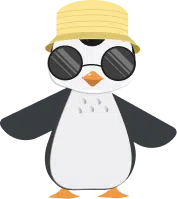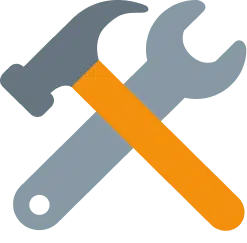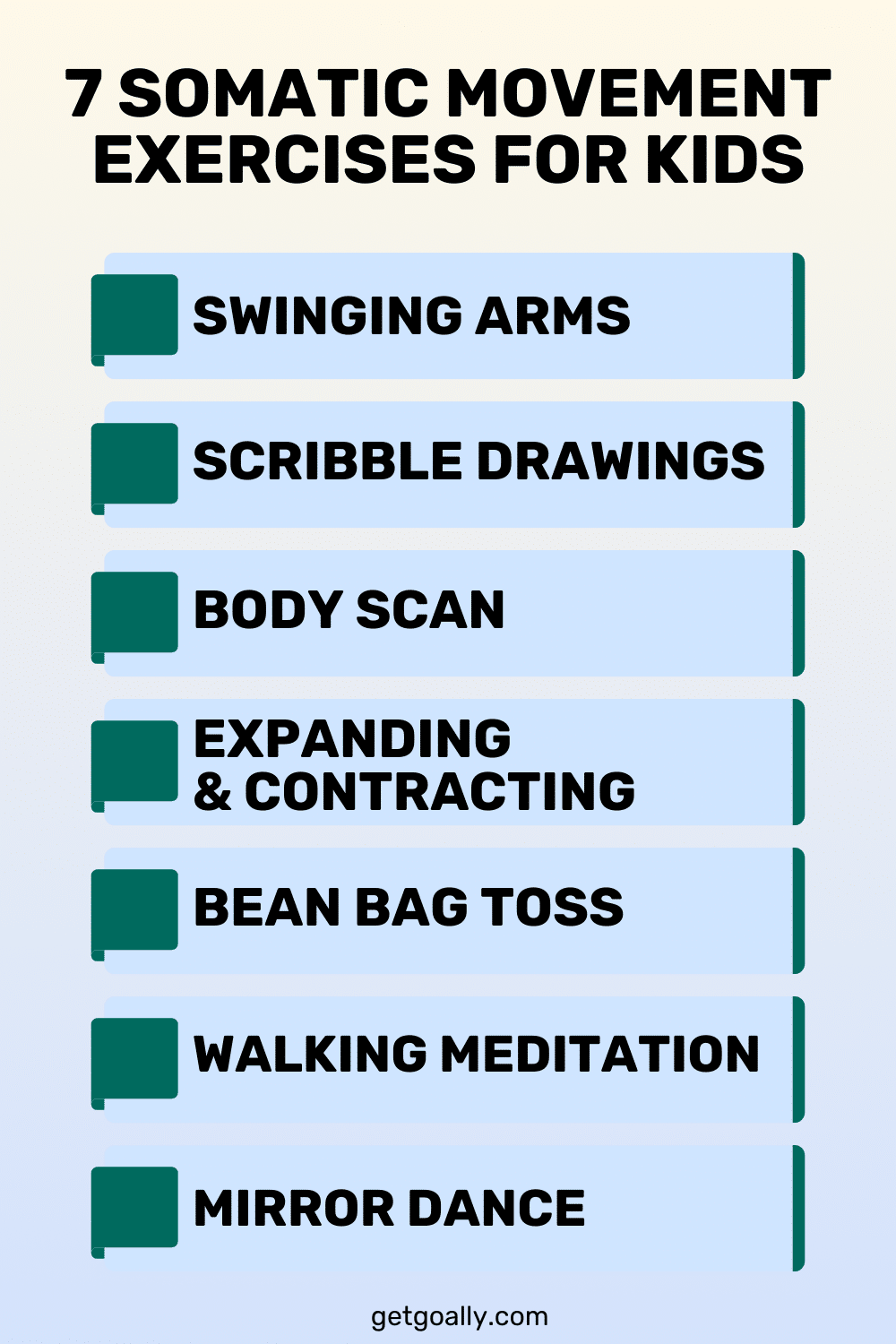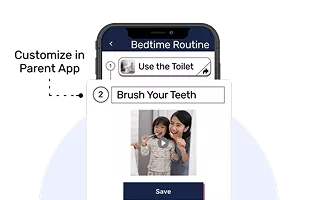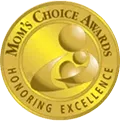Dance/Movement Therapy sessions are led by certified DMT therapists who guide participants through purposeful movement experiences. Here are some key elements of a DMT session:
- Warm-up: Gentle stretches and breathing exercises to promote body awareness and relaxation.
- Themed activities: Movements centered around a specific theme or goal, such as expressing emotions or telling a story through dance.
- Freestyle: Opportunities for free, spontaneous movement to encourage self-expression and creativity.
- Cool-down: Calming movements and reflection to integrate the session’s experiences.
| DMT Goal |
Example Activity |
| Emotional regulation |
Dancing out feelings to different music styles |
| Social skills |
Mirroring a partner’s movements |
| Motor coordination |
Practicing a choreographed dance sequence |
Through these varied and engaging movement experiences, kids with special needs can develop valuable skills and find joy in self-expression.
This post was originally published on August 20, 2023. It was updated on May 26, 2024.
